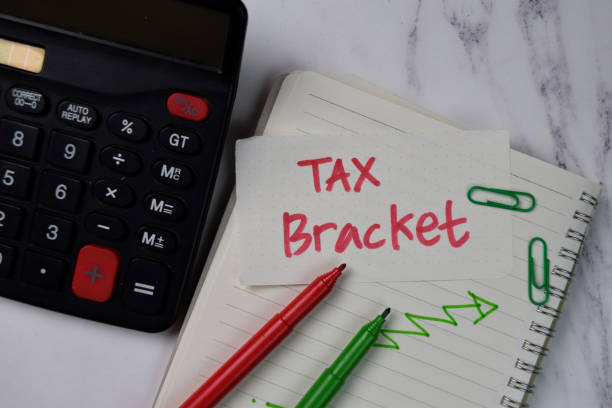Tax-efficient investing can greatly reduce your tax burden and improve your bottom line—whether your goal is to generate cash or save up for retirement.
The Schwab Center for Financial Research evaluated the long-term impact of expenses and taxes on investment returns and found that reducing the amount of taxes can have a significant effect. That’s because you are essentially losing money when you pay your taxes. Moreover, you also lose the potential growth of this money, if it were invested. Your after-tax returns is more important than your pre-tax returns because this is what you’ll be spending now or saving up for retirement. Hence the need for tax-efficient investing.
1. Choose the right investments and the right accounts for those investments.
There are 2 types of investment accounts:
Taxable Accounts
These accounts don’t have any tax benefits, but you get more flexibility and fewer restrictions. Unlike an IRA or a 401(k), you can withdraw your money at any time with no penalty or tax when you go with brokerage accounts. If you have held investments for at least one year in the account, you get more favorable capital gains: 0%, 15%, or 20%. If you have held an investment for less than a year, you’ll be subject to short-term capital gains, which is more or less the same as your regular income tax bracket.
Tax-Advantaged Accounts
These re generally either tax-exempt or tax-deferred. Tax-exempt accounts (Roth IRAs and 401(k), are made with after-tax dollars, so you don’t get the same tax break that you do with traditional IRAs and 401(k)s. That means your investments will grow without being taxed and qualified withdrawals in retirement aren’t taxed as well.
Tax-deferred accounts, on the other hand, pertain to traditional IRAs and 401(k) plans and these have an upfront tax break. You can deduct your contributions to these plans, and you pay taxes upon withdrawal (which happens during retirement).
2. Invest in tax-efficient strategies.
There are annual contribution limits for your IRAs and 401(k)s. For 2021 and 2022, the limit is $6,000 for IRAs or $7,000 if you’re 50 or above. With 401(k)s, the limit is $19,500, or $26,000 if you’re age 50 or above (2021). The limit for 2022 is higher, at $20,500 or $27,000 if you’re 50 or older. The combined contribution for both employee and employer also can’t go over $58,000 for 2021 and $61,000 for 2022.
Due to the limits and lack of flexibility, it wouldn’t be practical to hold all your investments in your IRAs, 401(ks), and other tax advantaged accounts. What you can do instead is to invest in accounts that distribute high levels of short-term capital gains.
Some investments are, by nature, more tax-efficient than others. Tax-managed funds and exchange traded funds (ETFs) trigger fewer capital gains and are thus more efficient. On the other hand, actively managed funds, buy and sell securities frequently, so they potentially generate more capital gains and taxes for you.
Municipal bonds are also tax-efficient because you are not taxed on interest income at the federal level and at state level it is also tax-exempt. The same is true for savings bonds and treasury bonds.
Final Thoughts
One of the fundamentals you need to know about investing is that you need to aim to reduce your taxes. Holding tax-efficient investments give you the best chance to grow over time. Consult with a tax specialist like HR block to help you decide which tax strategy to use for your specific situation.
